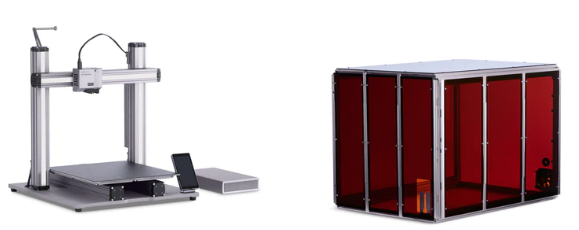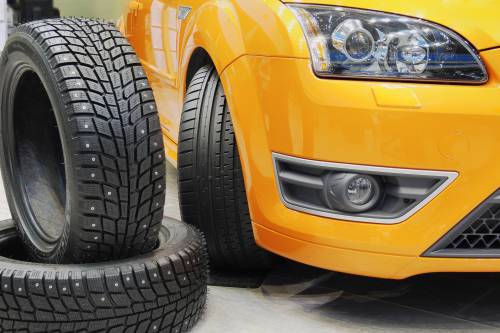Electric vehicles can be operated in wet weather. Even in late fall, when the rains persist, cyclists try not to part with their gear. Despite the diverse range of electric scooters on the market, absolutely all devices are equipped with:
- electric motor (motor-wheel, as the most progressive and durable option);
- battery;
- controller;
- gas system;
- Brake system (there are different modifications and options).
Only by protecting all the components and auxiliary components of an electric scooter or bicycle from the accidental ingress of water can you risk taking a trip in the rain. All of these elements are extremely sensitive to moisture. The ingress of water will have negative consequences immediately. Most manufacturers try to protect the latest series of scooters from aggressive environmental influences.
HOW TO CHECK THE SUITABILITY OF ELECTRIC VEHICLES FOR USE.
Before each trip, you should check that your scooter is suitable. To do this, follow these steps:
- make sure the battery is charged, if necessary, charge it with a regular charge;
- inspect wheel tires, make sure they are not damaged or inflated;
- check the operation of the brakes;
- inspect transportation, make sure there is no deformation;
- check that the bolts are in place, paying particular attention to the steering stem, handlebars, and wheels.
MOUNTING
To assemble a scooter out of the box, you need to follow the instructions:
- Remove the components from the packaging.
- Install the front wheel and fix it with a nut.
- Unfold the scooter frame by pressing the folding lever and opening the steering column until it clicks.
- Secure the flywheel with a special clamp provided.
- Align the direction of the steering gear and secure it with the centering bolts.
- Put the brake levers in optimal positions and secure them.
- For seated models, align and secure the seat in the most comfortable position using the cam and mounting bolts.
HOW TO KEEP UP THE SPEED
To maintain speed on an electric scooter, you do not need to additionally push off the surface with your feet. The motor will allow the electric scooter to accelerate without your help.
Novice users of an electric scooter are not recommended to accelerate to the maximum speed; this is extremely traumatic. In addition, during rapid movement, there is no need to make sharp turns or hard braking.
HOW TO PROPERLY OPERATE AN ELECTRIC SCOOTER IN RAINY WEATHER
Good modern transportation can be used for walking in any weather if done correctly. It is important not to completely submerge the wheel motor in water. The less sensitive transport components will come into contact with water, the better.
Otherwise, it may cause a short circuit. To increase the level of safety for the driver and the vehicle itself, we recommend treating the seams with silicone sealant. There are a number of rules and recommendations, following which you can operate an electric scooter well, even in rainy weather:
- The battery box, as the most sensitive and vulnerable element, must be properly sealed. If water accidentally enters the battery, the equipment should be moved to a warm, dry room as soon as possible. The next step is to remove the battery cover and completely dry the battery compartment.
- The controller cover at the point where the cables exit should also be carefully finished. High-grade waterproofing protects the case from water ingress. Remember that brake and throttle levers, switches and the computer don’t like moisture either. Spraying with a special water-repellent spray will also protect these important components of an electric scooter in wet weather.
- When purchasing a portable electric vehicle for active use, purchase protective fenders and a rear wheel fender. Thus, you will protect your footwear and your clothes from splashes. Some models are equipped with these accessories as standard. Otherwise, you can order additional equipment in the online store.
RAINY WEATHER SAFETY
If you decide to ride in the rain, don’t forget about safety. It is better if the scooter is driven by an adult. Leave the sunny weather for kids and teens to have fun in portable vehicles.
When it rains, slippery tiles and similar surfaces are a serious threat. There is always a risk of falling when turning suddenly or braking suddenly. Even experienced rider should keep their speed down. Choose a proven route with a good road surface and a minimum of puddles.
In the dark, use:
- reflective elements on the vehicle and on the driver himself;
- headlamp with waterproof protection;
- high-sensitivity brake lights;
- protective equipment;
- helmet on head
All of these attributes should always be in an active cyclist, but it is in wet weather that they become vital.
HOW TO DRIVE TO MAXIMIZE BATTERY LIFE.
Battery life is typically one to two hours and depends on many factors:
- battery power reserve (Wh), i.e. capacity (Ah) and voltage (V);
- battery type: if you compare the lithium and lead-acid versions with the same characteristics, the lithium will work longer without recharging;
- workmanship, ie From the manufacturer;
- average movement speed;
- terrain: with mountainous terrain and frequent uphill climbs, the time is reduced;
- driving style – sharp accelerations to maximum speed significantly reduce battery life, sometimes by 2-3 times, while inertia increases the power reserve;
- load weights: the greater the weight of the person and the load carried, the shorter the battery life;
- battery duration;
- using regenerative braking mode;
- room temperature: In cold climates, battery life is often shortened.
To roughly determine the distance a scooter can travel with a fully charged brand-name lithium battery (power reserve), you should divide the power reserve in Wh by 10.
Example. If the lithium battery has a capacity of 10 Ah, at a voltage of 48 V, then its energy reserve will be 10×48 = 480 Wh. Consequently, the power reserve, in this case, will be equal to 480/10 = 48 km. Please note that this is an approximate value and is influenced by all the factors listed above. The actual distance is maybe 40 or 55 km. If you start driving with an incomplete charge, of course, the driving distance will be shorter.
It is better to keep track of the operating time and power reserve on different terrains and at different speeds. This will help you more accurately understand your battery’s capabilities and predict the power reserve in a given situation. In the beginning, it is better not to travel to the limit distances close to the distance calculated by the formula, it is better to always have a load reserve. Otherwise, the battery may run out before its time: you will have to reach a section of the road, pushing with your foot or walking.
Do not forget that additional electrical appliances, such as headlights, position lights and others, also consume current when they are turned on, which naturally reduces the power reserve.
If the motor and controller support regenerative braking mode, great, in this case, the run time can be increased by recharging the battery with the braking energy. In this mode, when braking, the motor emits energy to charge the battery. In addition, the brake pads wear less.
To increase the power reserve, we recommend using power sparingly, coasting if possible, and avoiding sudden accelerations and decelerations. When planning a route in advance, it is best to avoid roads with long climbs. You should start up and get the first acceleration by pushing off with one foot off the ground surface, with the other standing on the platform, just like on a normal scooter. At a speed of about 5 km/h, the motor starts automatically with both feet on the platform.





